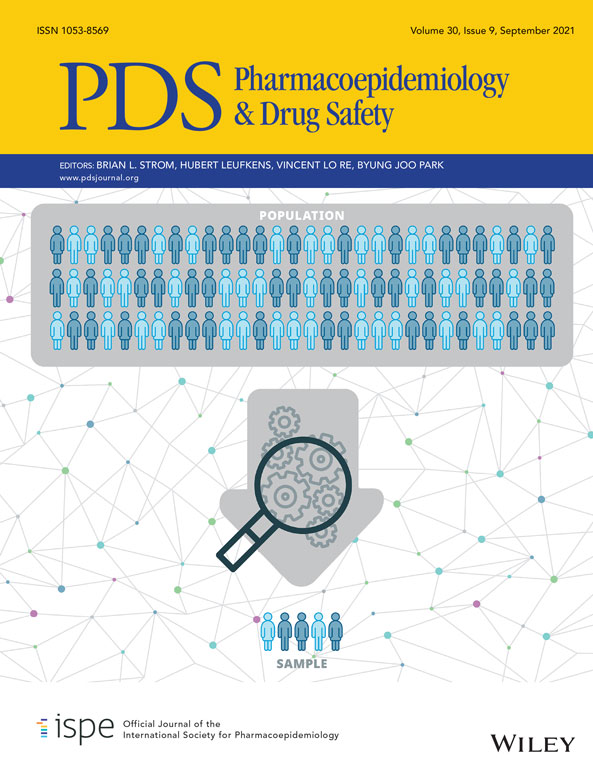Development and evaluation of a proxy for baseline ECOG PS in advanced non-small cell lung cancer, bladder cancer, and melanoma: An electronic health record study
Funding information: Genentech
Abstract
Purpose
Eastern Cooperative Oncology Group performance status (ECOG PS) is an important predictor for receipt of treatment and overall survival (OS) but is often unreported in routine care. We developed a proxy for baseline ECOG PS using electronic health records (EHRs).
Methods
We analyzed patients who were diagnosed with advanced non-small cell lung cancer (aNSCLC), advanced bladder cancer (aBCa), and advanced melanoma (aMEL) between 2011 and 2018 and had a baseline (reported between diagnosis and treatment) ECOG PS in a real-world database. We used stepwise multivariable logistic regression to model associations between baseline ECOG PS good (<2) versus poor (≥2) and sociodemographic, clinical, and laboratory measures in each cancer type. Predictive accuracy of classifying ECOG PS was assessed. We tested the association between OS and observed and predicted ECOG PS.
Results
In total, 20 697 aNSCLC patients, 2627 aBCa patients, and 2558 aMEL patients constituted the study population. Percentage of patients with poor ECOG PS ranged from 15.3% (aMEL) to 28.5% (aNSCLC). Poor ECOG PS was associated with more comorbid conditions, older age, lower body mass index, metastases, and abnormal laboratory indicators. Overall prediction accuracy using a 0.50 cutpoint was 73.3% for NSCLC, 73.8% for aBCa, and 85.4% for aMEL. The association of OS with ECOG PS was consistent between the observed and proxy measures.
Conclusions
In the EHR-derived data, clinical, sociodemographic, and laboratory information were used to assign ECOG PS and enhance the use of real-world data in outcome studies.
CONFLICT OF INTEREST
Natalia Sadetsky and James Ching-Yi Chuo: employees of Genentech Inc. and have salary and stocks from Roche/Genentech. Amy J. Davidoff: grants from Celgene during the conduct of the study and consulting fees with Amgen; a family member received personal fees from AbbVie, Jazz Pharmaceuticals, Kyowa Hakko Kirin, and Tolero Pharmaceuticals and owns stocks from Daiichi Sankyo outside the submitted work.




